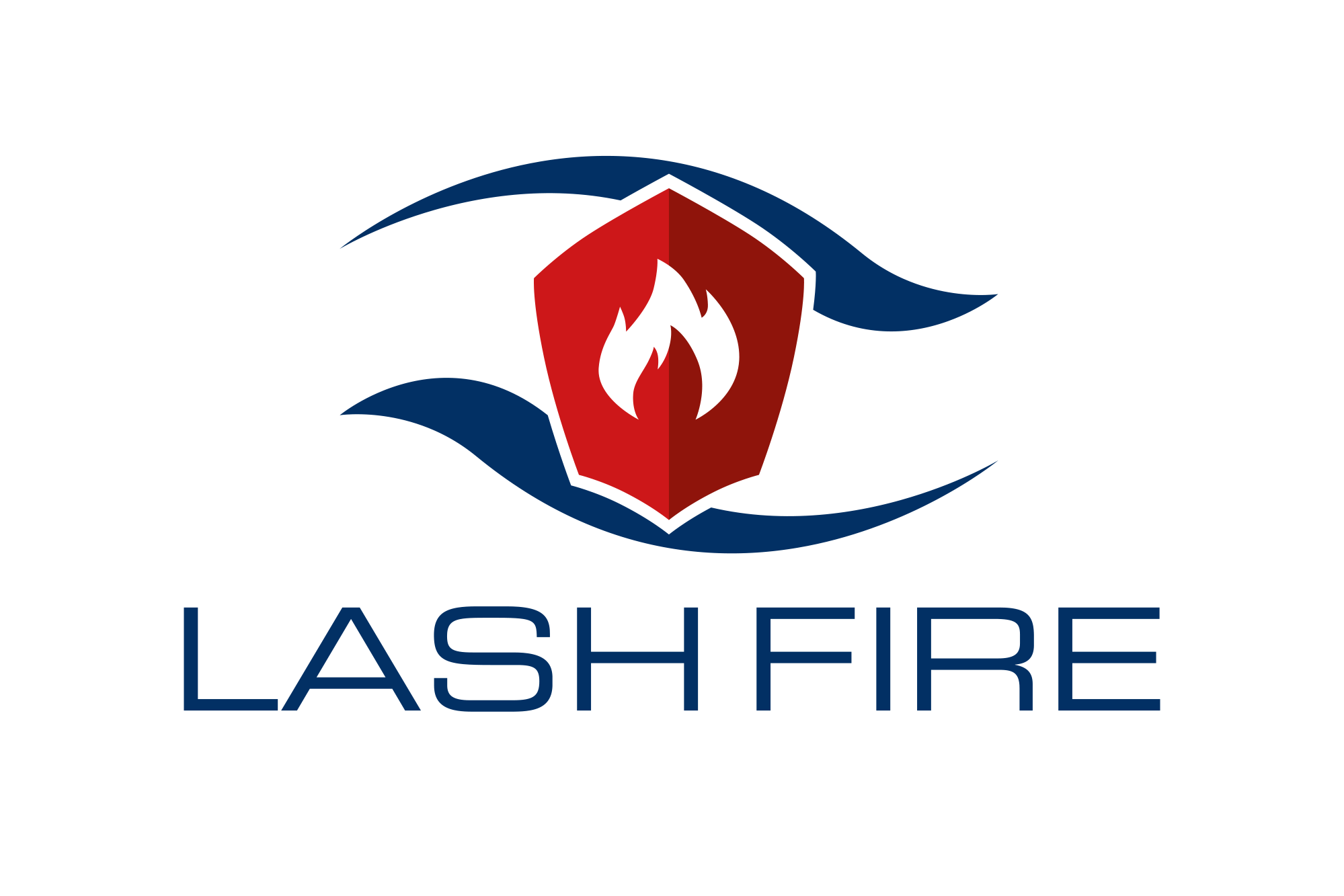Meet the partners is a series of interviews with the LASH FIRE partners who present core of the project. We ask the partners about their expertise, expectations from the project and anything we want to know about fire safety. In the third edition of Meet the Partners, we interview Roger James, Unifire.
1. Unifire is one of the partners in the LASH FIRE project, involved primarily in the field of extinguishing solutions, but also partly in detection. Could you briefly tell us who you are, both yourself and the company you are representing, and what is your role within the project?
Unifire is a Swedish company that specializes in professional nozzles and advanced robotic nozzle systems, which are traditionally called remote controlled fire monitors. Our equipment is widely used in the shipping and marine industries. Unifire is a LASH FIRE partner in both the Detection (WP09) and Suppression (WP10) work packages, involved in developing fully automatic fire detection and suppression robotic nozzle systems for weather decks. I have been with Unifire since 2005 serving in a variety of functions including business development, sales, marketing and legal affairs.
2. Have you been involved in other maritime fire safety projects? Or in other industries? What are your expectations for Unifire from your involvement in the LASH FIRE project?
Unifire has in the past been involved in the drafting of European safety standards for handheld nozzles, and has for decades been a prominent firefighting equipment supplier to the marine industry. LASH FIRE is the first project of its kind, however, in which Unifire has been involved as a partner. We view the LASH FIRE project as an outstanding opportunity to contribute our industry knowledge and expertise in our field to the advancement of regulations, particularly with respect to weather deck fire suppression systems, which can be remotely controlled and/or detect and suppress fires fully autonomously.
It is highly gratifying for Unifire, as a contributing partner of LASH FIRE, to be at the forefront of helping regulators understand the capabilities of modern fire safety systems and thereby update regulations to increase safety for everyone.
3. You raised quite some attention with your autonomous firefighting system FlameRanger. Please explain to us, using FlameRanger as an example, to what extent innovative technologies can influence future regulations for improving fire safety in the maritime sector.
As we all know, technology is advancing at an amazing pace while simultaneously becoming ever more economical. The convergence of these phenomena has resulted—and will continue to result—in superior fire safety solutions of all kinds.
The rapid pace of growth in technologies, however, presents significant challenges to regulators, who must strive to keep up. It is in this context that the LASH FIRE project plays such an important role by researching and assessing the current state of the art and best practices in fire safety approaches, equipment and methods.
Unifire’s FlameRanger system—which can autonomously commence targeted fire suppression within seconds of a fire igniting—is just one example of how new technological capabilities are able to much more rapidly and effectively address fires on ships. Bringing such state-of-the-art solutions to the attention of regulators can have a hugely positive influence on the safety of passengers, ships and the environment.
The rapid pace of growth in technologies presents significant challenges to regulators, who must strive to keep up. It is in this context that the LASH FIRE project plays such an important role by researching and assessing the current state of the art and best practices in fire safety approaches, equipment and methods.
4. Last but not least, how do you think the maritime accident response can change until 2050?
When it comes to maritime accidents, rapid intervention is crucial. For this reason, I expect to see continued focus on, and the rapid development of, communication systems, readiness of early responders, and more efficient safety products and procedures. We will also see further rapid development of fast-acting autonomous systems.
5. And what is your forecast for next generation firefighting robots?
Robots are not what we traditionally thought them to be—humanoid looking machines. In reality, they take all shapes and forms and we are already surrounded by robots that blend seamlessly into our world without our noticing them. Firefighting robots are no exception. We will continue to see more and more integration of increasingly reliable fire detection technologies with advancing fire suppression technologies of all types.

